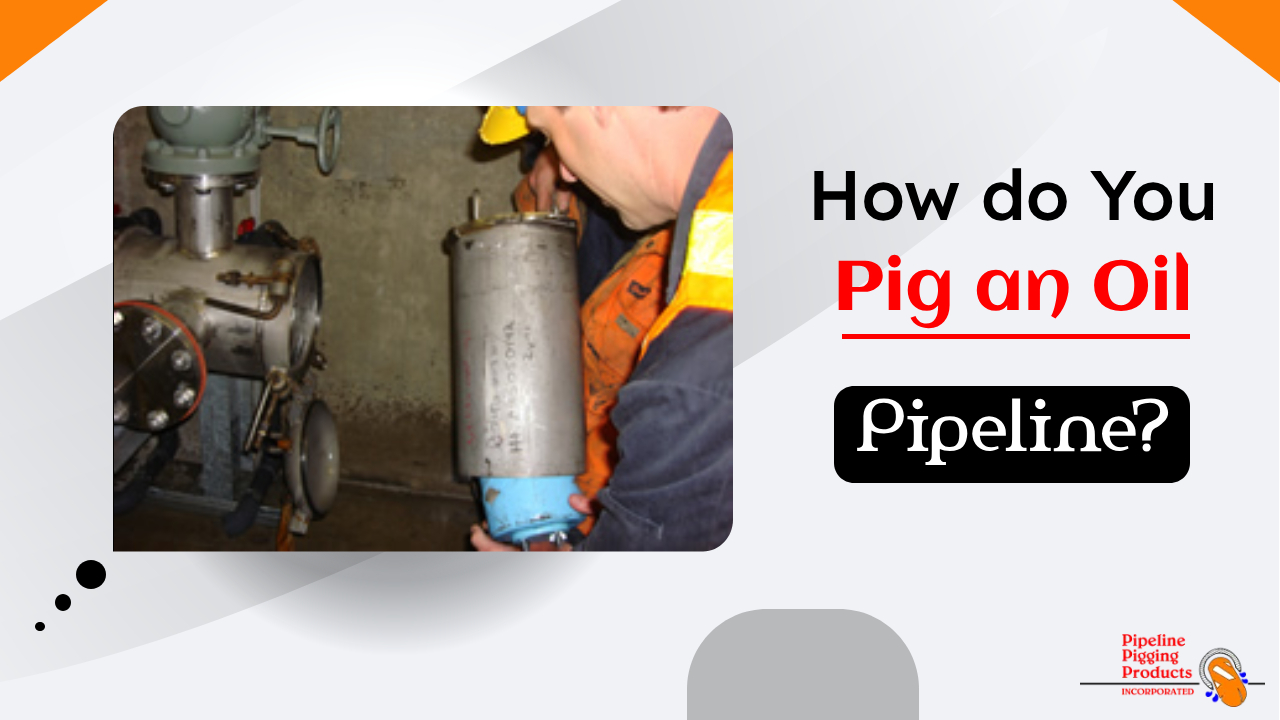How do you pig an oil pipeline?

Pigging an oil pipeline
Pigging an oil pipeline is a common practice in the industry to clean, inspect, and maintain the pipeline's integrity. Here's a step-by-step overview of how to pig an oil pipeline
Steps for pigging an oil pipeline
- Select the Appropriate Pig: The first step is to choose the right type of pig for your specific task. Pigs come in various types, such as cleaning pigs, smart pigs and poly pigs for inspection, and batching pigs for product separation. Ensure the pig's size and design match the pipeline's specifications.
- Prepare the Pig: Before insertion, the pig needs to be prepared. This includes installing brushes or scraping elements if it's a cleaning pig or calibrating sensors if it's a smart pig for inspection.
- Prepare the Pipeline: Ensure the pipeline is isolated and depressurized. Isolation is critical to prevent the pig from traveling into an active section of the pipeline. Valves on both ends of the pipeline should be closed and locked, and a bypass line can be set up if necessary.
- Launch the Pig: The pig is inserted into the pipeline through a pig launcher. The pig launcher is a specialized fitting in the pipeline that allows the pig to enter the system. Ensure that the pig is properly secured and positioned for the launch.
- Monitor the Pig's Progress: As the pig travels through the pipeline, monitoring its position is essential. This is typically done using pig tracking systems or monitoring devices attached to the pig.
- Retrieve the Pig: Once the pig has traveled through the pipeline and completed its task (e.g., cleaning or inspection), it needs to be retrieved. The pig is usually caught in a pig catcher at the receiving end. The pig catcher is equipped with a closure and containment vessel to safely retrieve the pig.
- Inspect and Evaluate: After retrieval, inspect the pig and review the data collected (if it's a smart pig). This data can help in assessing the condition of the pipeline and identifying any issues that may require maintenance or repairs.
- Maintenance and Cleaning: Depending on the pigging operation's purpose, further maintenance and cleaning steps may be necessary to prepare the pipeline for its next use.
- Record Keeping: Maintain detailed records of the principle of pigging operation, including the pig's condition, inspection data, and any maintenance performed. This information is vital for ensuring the integrity of the pipeline and planning future maintenance activities.
- Safety and Environmental Considerations: Throughout the entire process, prioritize safety and environmental protection. Follow safety protocols and regulations to prevent accidents and minimize the impact on the environment.
It's important to note that process of pigging an oil pipeline is a complex process that requires specialized equipment and expertise. Working with experienced professionals and adhering to industry standards is crucial for a successful pigging operation.
